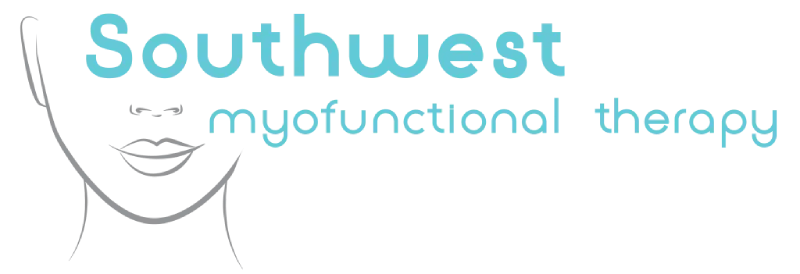Discussing tongue thrust – what it is and how myofunctional therapy can help, part 3
Posted by Sandraluz Gonzalez Feb 03, 2023

This post is the third in a series on tongue thrust and how myofunctional therapy can help treat it. If you haven’t read parts 1 and 2 yet, I recommend you do before continuing.
Symptoms of tongue thrust
Regardless of the type of thrust, the symptoms are largely the same. Let’s take a look at the symptoms of tongue thrust and some of the secondary problems they can cause:
Open bite – this is usually the most telling sign of tongue thrust. That’s why tongue thrusts are characterized by the type of open bite they cause. An open bite caused by tongue thrust will cause orthodontic treatment to fail. The teeth can still be moved and straightened, but as soon as the orthodontics are removed, the teeth will be pushed out of position. This is why open bite must be remedied before orthodontic treatment.
Speech impediments – abnormal tongue posture caused by tongue thrust can lead to problems with speaking, most commonly a lisp when the patient tries to pronounce certain sounds.
Mouth breathing – certain types of thrust, like the anterior open bite, can result in a resting posture that favors mouth breathing over normal, nasal breathing. Mouth breathing isn’t a problem in the right context, like during exercise, when the body needs to mouth breathe to rapidly pull in oxygen. However, improperly timed mouth breathing, particularly during sleep, can have serious health implications.
You may be surprised to learn that when a person breathes, it’s actually during the exhale that their body absorbs oxygen from the air. This absorption relies on the slow, steady back pressure that occurs during the exhale. This vital back pressure is much lower in mouth breathers. For this reason, mouth breathers take up to double the breaths that nasal breathers take. Since they’re chronically short on breath, mouth breathers have lower blood oxygenation, which is detrimental to systems all over the body, including proper cognitive function.
Check back soon for Discussing tongue thrust – what it is and how myofunctional therapy can help, part 4. In the meantime, check out our page on treating tongue thrust and other OMDs.
Office Hours
MON - THU8:30 am - 5:00 pm
FRI - SUNBy appointments only




